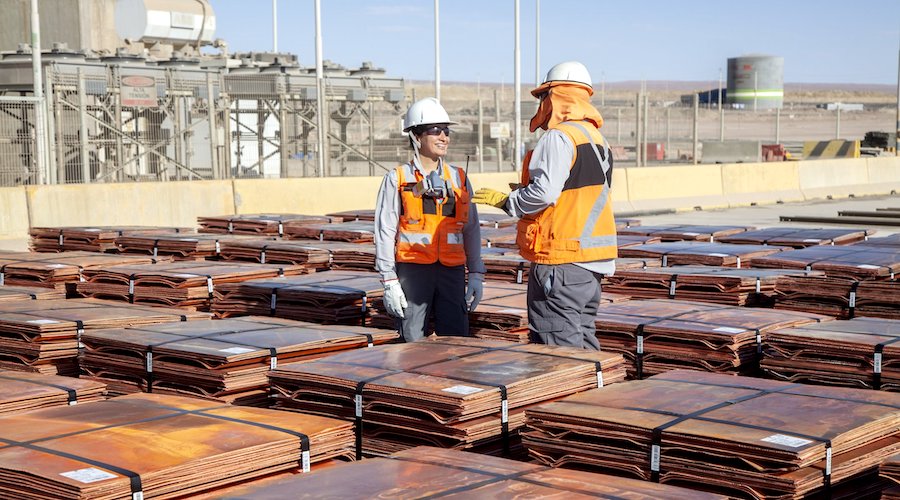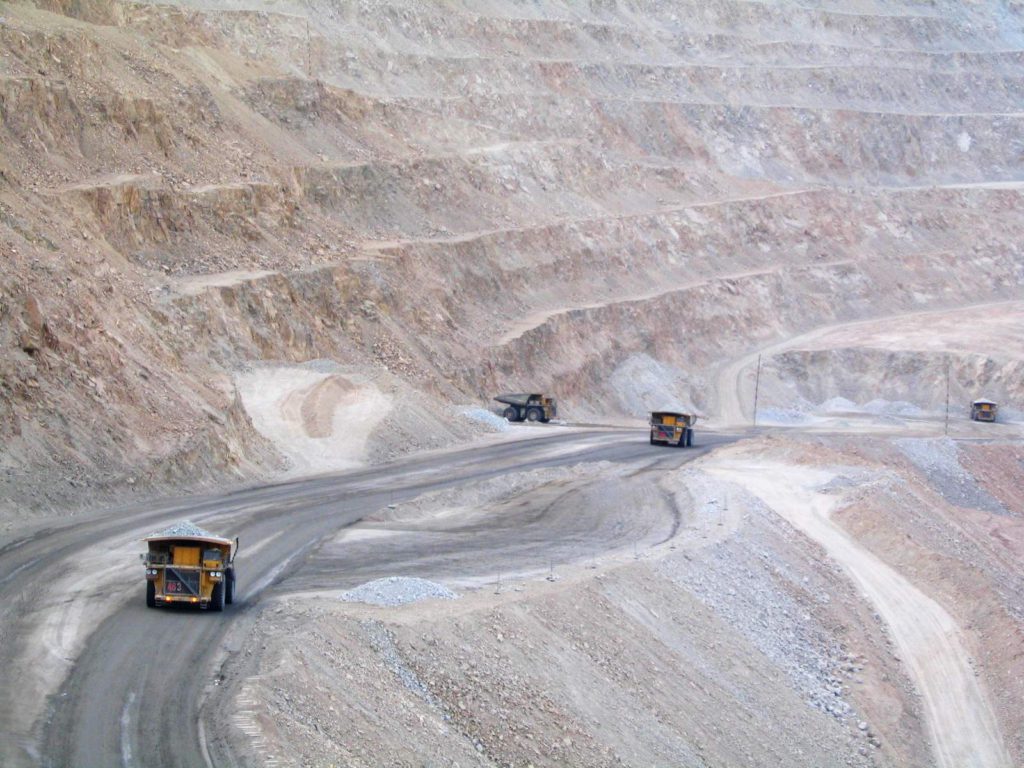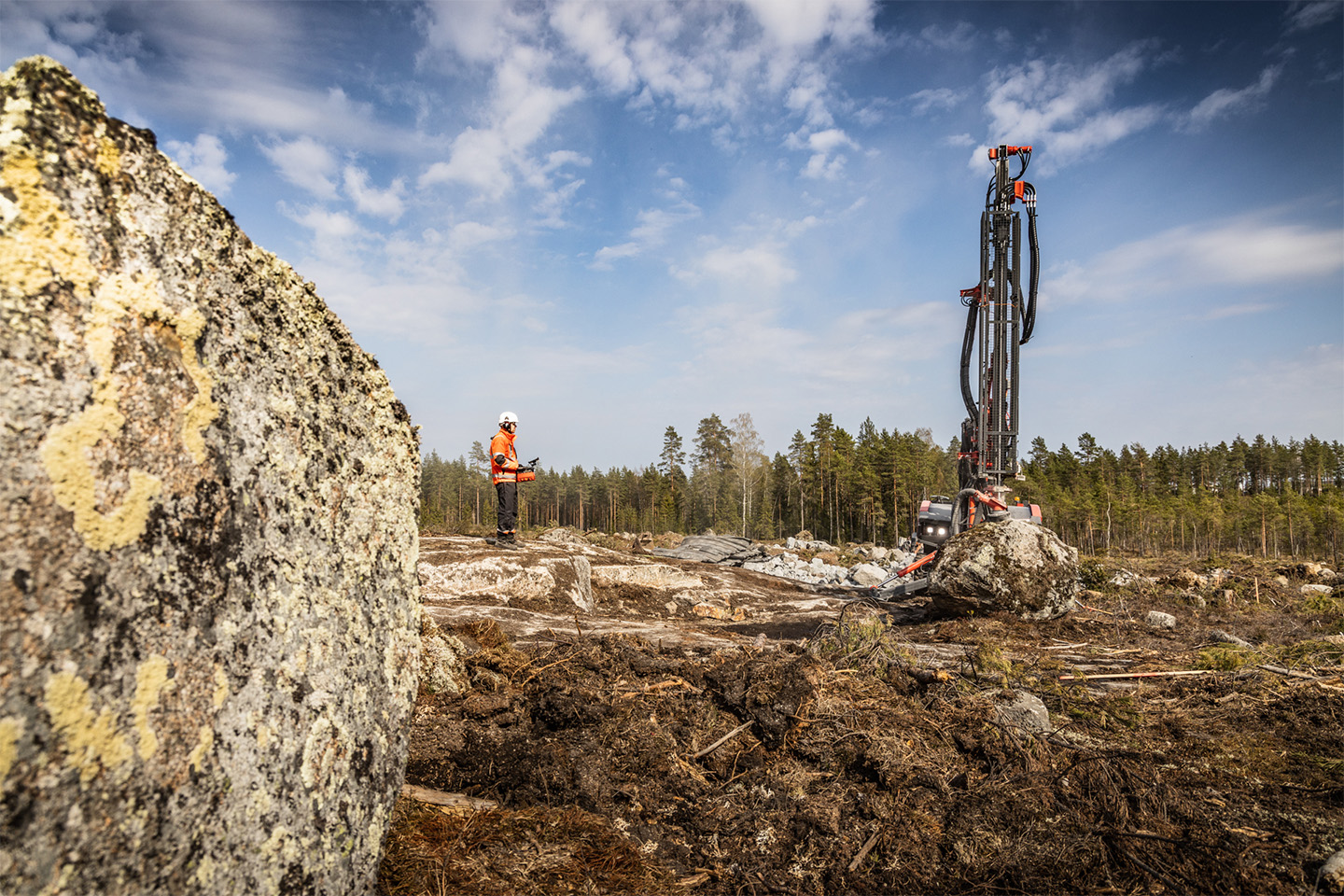Codelco eyes $800m extension to keep Gabriela Mistral open until 2055

Chile’s state-owned copper producer Codelco said on Monday it has applied for an environmental permit to extend the life of its Gabriela Mistral mine by over 25 years, pushing the current closure date from 2028 to at least 2055.
The $800 million proposal aims to sustain production at the open-pit mine in Chile’s Antofagasta region, which has been operational since 2008. A key component of the plan is the transition away from using domestic land-based water by 2035. Instead, the mine will rely on third-party water sources that comply with environmental standards. In exchange, Codelco has pledged to supply an equivalent amount of water to the local community.
Vice president of corporate affairs and sustainability, Gabriel Méndez, noted the mine has utilized only 2% of the water volume stored in its permitted basin, despite having authorization to use up to 5%. He noted that the water source has no connection to local ecosystems, other basins, or external users beyond Codelco.
As part of the extension, the company plans to shift its focus from extracting copper oxides to copper sulfides, using salt in the chlorinated leaching process to improve recovery rates.
Gabriela Mistral, named after the renowned Chilean Nobel Prize-winning poet, is one of Codelco’s smaller mines. It employs approximately 4,000 workers and produces nearly 110,000 tonnes of copper annually.
The operation is the first one in the company run by a woman. Claudia Cabrera became in 2023 Codelco’s first female general manager and currently 25% of Gabriela Mistral’s workforce is made up of women.
Lost leadership
Codelco’s efforts to extend the Gabriela’s mine life are part of a broader strategy to address declining ore grades and rising costs at its century-old operations.
Once the unchallenged leader in global copper production, Codelco now faces stiff competition from companies like US-based Freeport-McMoRan (NYSE: FCX), which has expanded its operations and output significantly.
In November, Codelco produced 125,500 tonnes of copper—an 18% year-on-year increase but still below its target for the month. To meet the low end of its annual production goal of 1.325 million tonnes to 1.352 million tonnes, the company must produce over 161,000 tonnes in December.
With copper prices boosted by demand for electric vehicles (EVs) and renewable energy systems, the stakes for dominance in the sector are higher than ever.
At the heart of Codelco’s difficulties lies its aging infrastructure. Mines like Chuquicamata, which has transitioned from an open-pit operation to an underground mine, are emblematic of the company’s struggles. The underground transformation, while essential for extending the mine’s lifespan, has proven both complex and expensive, requiring years of investment and facing repeated setbacks.

Similarly, plans to boost output at El Teniente, the world’s largest underground copper mine, have been postponed due to engineering challenges and funding constraints.
Codelco’s financial position has also come under pressure. The Chilean government, which relies heavily on revenues from the state miner, has provided support to fund its ambitious capital expenditure plans. The company’s rising debt levels and the escalating costs of its projects, however, have limited its ability to invest in other promising opportunities, such as new mine developments.
Despite the headwinds, Codelco remains a key actor of the global copper market, holding vast untapped reserves.
Demand for the metal is poised to jump at least 60% by 2050, according to the International Energy Agency. Analysts at Jefferies expect prices for the red metal to rise more than 40% in the next two years.
{{ commodity.name }}
{{ post.title }}
{{ post.date }}


Comments